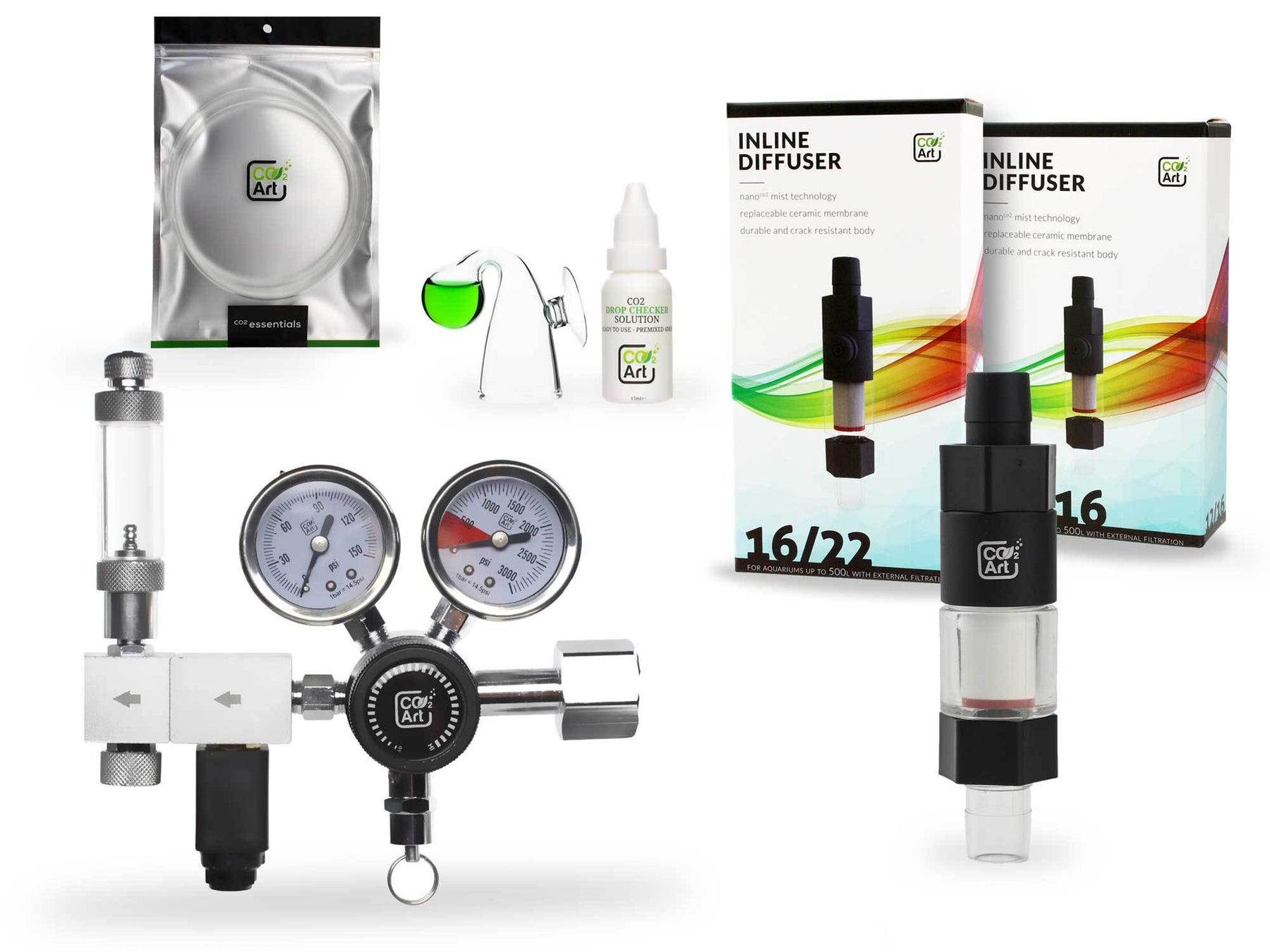How to lower ammonia levels naturally?
Understanding how to lower ammonia levels in a fish tank is crucial for maintaining a healthy aquatic environment. Ammonia is a toxic compound that can accumulate in aquariums due to various factors, posing a significant threat to fish and other aquatic life. This article will explore natural methods to effectively manage and reduce ammonia levels, ensuring a safe and thriving habitat for your aquarium inhabitants.
High levels of ammonia in the fish tank can lead to stress, illness, and even death among fish. It's essential to identify the sources of ammonia and implement strategies to mitigate its impact. By adopting natural approaches, aquarists can maintain a balanced ecosystem without relying on chemical treatments, promoting long-term health and stability in their aquariums.

Understanding Ammonia Sources
To address how to reduce ammonia in a fish tank, it's vital to recognise the common sources of ammonia. Ammonia typically originates from fish waste, uneaten food, and decaying organic matter. As these materials break down, they release ammonia into the water, which can quickly accumulate to harmful levels if not managed properly.
Identifying the sources of ammonia in your fish tank allows you to take proactive measures to control and reduce it. Regular tank maintenance, proper feeding practices, and effective waste management are key components in minimizing ammonia production. By understanding these sources, you can develop a comprehensive plan to keep ammonia levels in check naturally.
The Nitrogen Cycle
Understanding the nitrogen cycle is essential for how to fix ammonia in a fish tank. The nitrogen cycle involves the conversion of ammonia into less harmful compounds through the action of beneficial bacteria. This process begins with the breakdown of ammonia into nitrite, which is then further converted into nitrate by different bacteria.
Establishing and maintaining a healthy nitrogen cycle is crucial for reducing ammonia levels in your aquarium. Ensuring that your tank has a sufficient population of beneficial bacteria will help to continuously process and eliminate ammonia. This natural biological filtration is one of the most effective ways to keep your fish tank environment safe and stable.
Regular Water Changes
Performing regular water changes is an effective way to manage elevated ammonia levels in your aquarium. By replacing a portion of the aquarium water with fresh water weekly, you can dilute the concentration of toxic ammoniaand other harmful compounds. This practice helps maintain stable water parameters and provides a healthier environment for your fish. It's essential to use a water conditioner when adding new water to neutralize chlorine and chloramines found in tap water.
Additionally, regular water changes help remove uneaten food, fish waste, and other debris that contribute to ammonia spikes. Monitoring the water parameters with aquarium test kits will guide you on how frequently and how much water to change. This routine maintenance is crucial for preventing elevated ammonia levels and ensuring a healthy tank for your aquatic life.
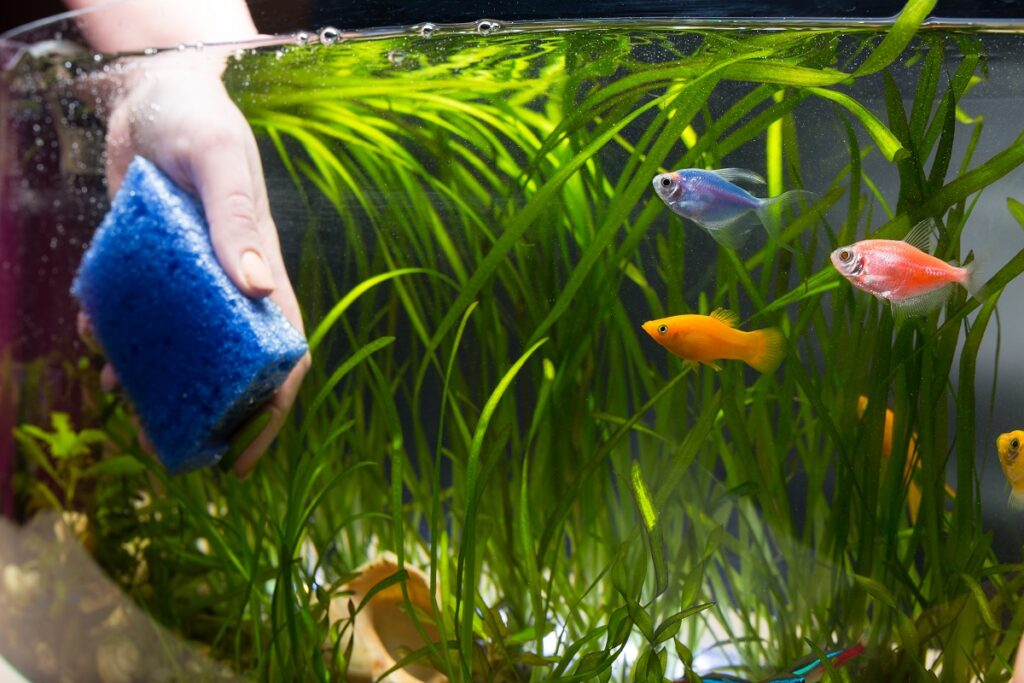
Using Live Plants
Incorporating aquatic plants into your aquarium is a natural and effective method to reduce ammonia spikes. Plants absorb ammonia and other nitrogen compounds as nutrients, helping to lower their concentration in the aquarium water. Fast-growing plants like hornwort, water sprite, and duckweed are particularly effective at absorbing excess nutrients, leading to less ammonia in the tank.
Besides their role in ammonia reduction, aquatic plants also enhance the overall health of the aquarium ecosystem. They provide oxygen, create hiding spots for fish, and contribute to a more balanced and visually appealing environment. Integrating live plants into your aquascape not only helps manage toxic ammonia but also promotes a thriving and healthy tank for your fish and other inhabitants.
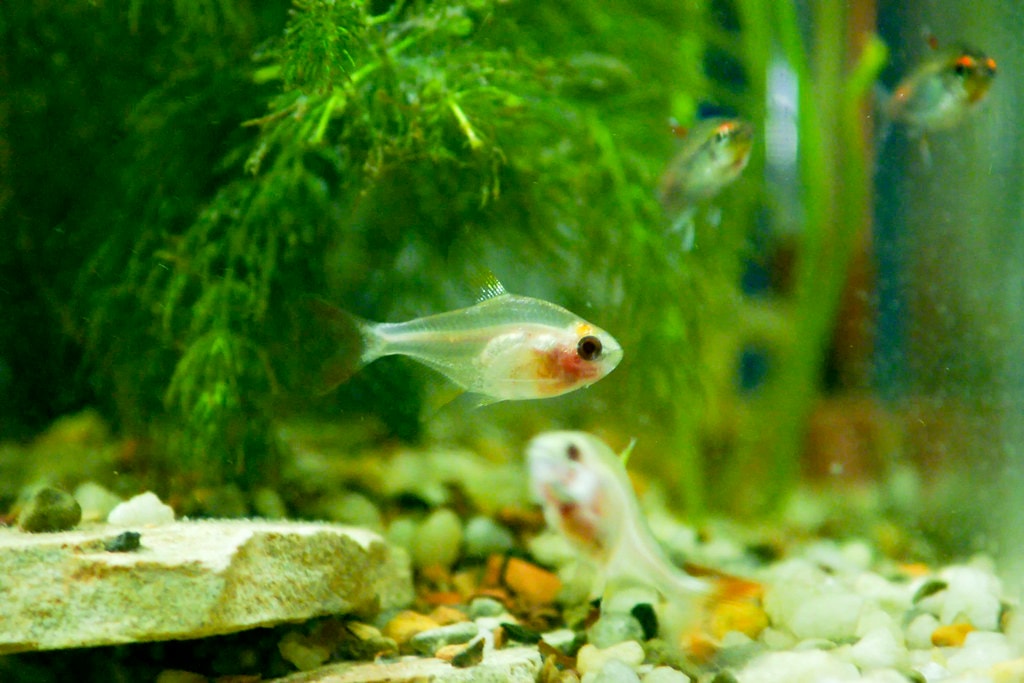
Biological Filtration
Biological filtration is crucial for managing elevated ammonia levels in your aquarium. This process relies on beneficial bacteria that colonize the filter media and other surfaces within the tank. These nitrifying bacteria convert toxic ammonia into nitrite and then into less harmful nitrate, which is easier for plants to absorb and less harmful to fish. Ensuring your filtration system is adequate and well-maintained is key to supporting these bacteria.
To enhance biological filtration, avoid over-cleaning or replacing all the filter media at once, as this can disrupt the bacteria colonies. Instead, rinse the filter sponges or other media in tank water during water changes to preserve the beneficial bacteria. Maintaining a properly cycled aquarium with robust biological filtration helps keep ammonia levels low and creates a stable environment for your fish.
Substrate Choices
The type of substrate you choose can significantly impact the levels of ammonia spikes in your aquarium. A substrate that supports the growth of beneficial bacteria can enhance the tank's natural filtration process. Options like gravel or specialized aquarium substrates are ideal for promoting bacterial colonization, which helps in breaking down fish wasteand uneaten food.
Choosing the right substrate also involves considering the specific needs of your aquatic plants. Substrates rich in nutrients can support plant growth, which in turn helps absorb ammonia and other waste products. A well-chosen substrate not only reduces ammonia but also fosters a healthy tank environment where plants and fish can thrive. Regularly vacuuming the substrate during water changes will also help remove debris and excess nutrients, preventing ammonia spikes.
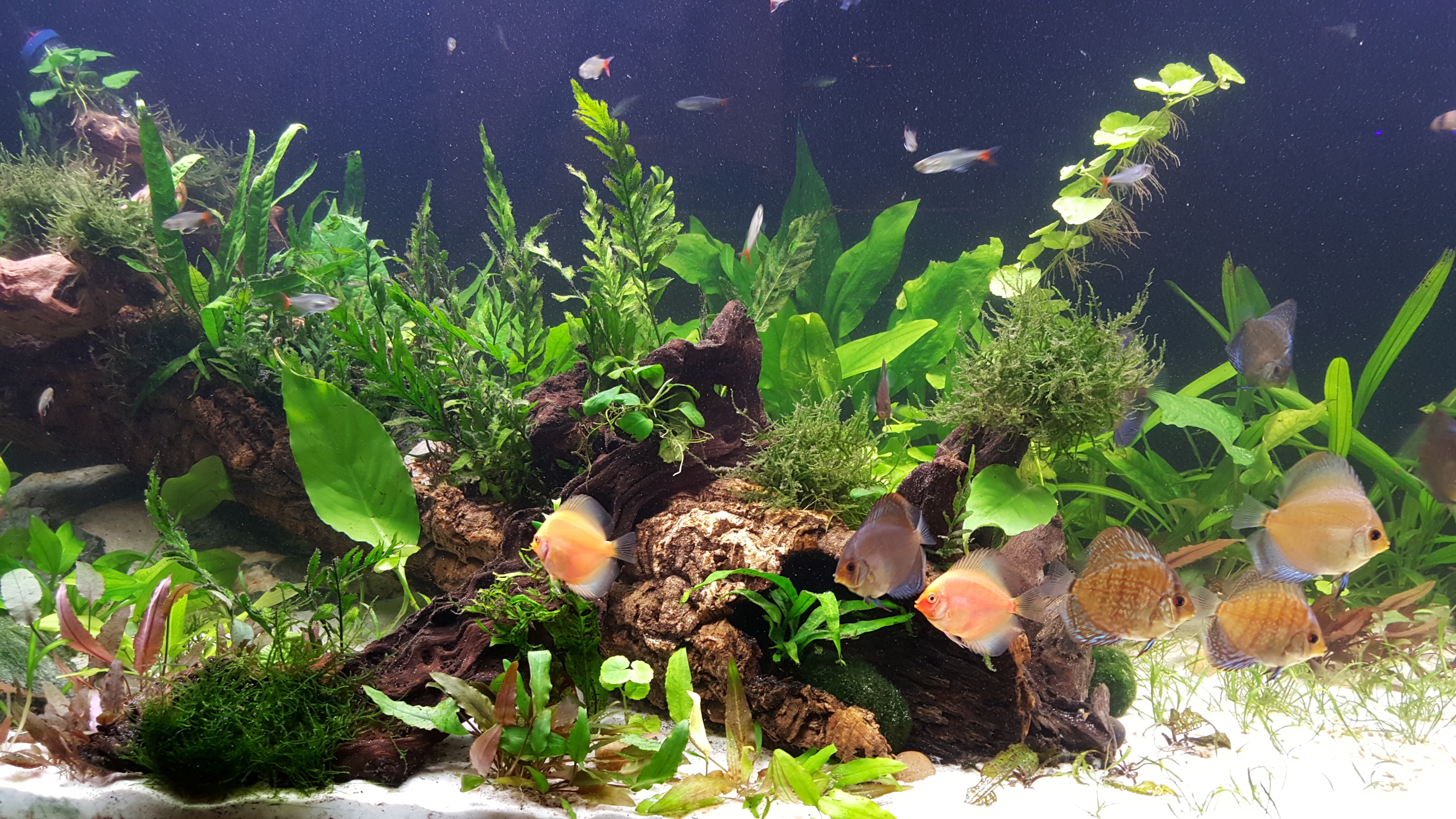
Feeding Practices
Proper feeding practices are essential for preventing ammonia spike in your aquarium. Overfeeding can lead to excess uneaten food settling at the bottom of the tank, decomposing and releasing toxic ammonia into the water. It’s crucial to know how much food to provide your fish – typically, only what they can consume within a few minutes.
Regularly removing any uneaten food after feeding sessions can significantly reduce the amount of waste in your tank. Additionally, feeding your fish a high-quality diet that they can digest efficiently will result in less ammoniaproduction. Proper feeding habits contribute to maintaining a clean and balanced environment, helping to keep ammonia levels in check naturally.
Managing Fish Stocking Levels
Overstocking your aquarium can lead to ammonia spike due to the increased amount of fish waste. Having too many fish in a tank creates more biological waste than the filtration system can handle, leading to elevated ammonia levels. It's essential to follow recommended stocking guidelines based on your tank size and the specific needs of your fish species.
Keeping an appropriate number of fish ensures that your beneficial bacteria and filter media can effectively process the waste produced. Regularly monitoring and adjusting the fish population helps maintain a stable and healthy tank environment. This balance is crucial for preventing ammonia spikes and ensuring the well-being of your aquatic inhabitants.
Beneficial Bacteria Supplements
Using beneficial bacteria supplements can help manage ammonia spikes in your aquarium. These products introduce nitrifying bacteria that assist in converting toxic ammonia into nitrite and then nitrate. Adding these supplements, especially during the initial setup or after a significant water change, can speed up the establishment of a properly cycled tank.
Regular use of beneficial bacteria supplements can also support the existing bacterial colonies in your filter media and substrate. This practice helps maintain a robust biological filtration system, ensuring that ammonia levels remain low and stable. By bolstering the population of these essential bacteria, you can create a more resilient and healthy tank environment for your fish.
Cleaning and Maintenance
Routine cleaning and maintenance are crucial for preventing ammonia spikes and ensuring a healthy tank. Regularly siphoning the substrate helps remove fish waste, uneaten food, and other debris that can decompose and release ammonia into the water. Keeping the substrate clean reduces the buildup of organic matter that contributes to elevated ammonia levels.
Additionally, cleaning the filter media is essential to maintain efficient biological filtration. Rinse the filter sponges and other media in tank water during water changes to preserve the beneficial bacteria colonies. Avoid over-cleaning or using tap water, which can kill the bacteria. By incorporating these regular maintenance practices, you can effectively manage ammonia levels and maintain a stable and healthy aquarium environment.

Avoiding Chemical Treatments
While it might be tempting to use chemical treatments to quickly address ammonia spikes, these solutions can have unintended consequences on the overall health of your aquarium. Chemical media and treatments can disrupt the delicate balance of your tank, potentially harming beneficial bacteria that are crucial for the nitrogen cycle. Instead, focus on natural methods and regular maintenance to manage ammonia levels.
Opting for a Fluval ammonia remover can be a safer alternative as part of your filtration system, but it's essential to use such products judiciously. Regular testing with aquarium test kits can help you monitor the effectiveness of your chosen methods and ensure that you maintain a stable, healthy tank without resorting to harsh chemicals. This approach promotes a balanced ecosystem that supports both fish and aquatic plants.
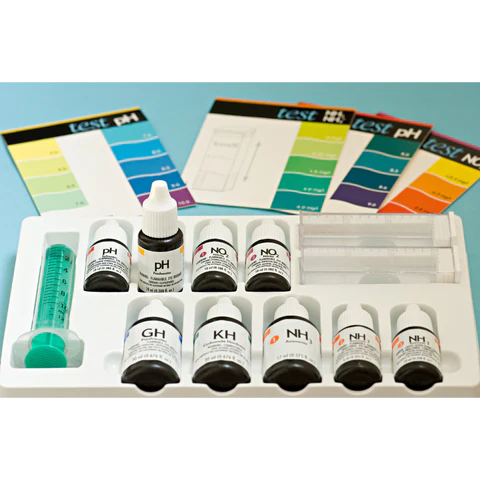
CO2 Injections for Plant Health
While managing ammonia is crucial, CO2 injections play a significant role in the health of your aquatic plants. For those maintaining a high-tech planted aquarium, CO2 injections can greatly enhance plant growth by providing the necessary carbon dioxide that plants need for photosynthesis. This not only promotes lush, vibrant plant life but also helps stabilize ammonia levels as healthy plants absorb more ammonia and nitrates from the water.
Integrating CO2 injections requires careful monitoring and balance. Too much CO2 can lead to algae growth and stress for fish, while too little won't provide the benefits needed for optimal plant health. Using a reliable CO2 system and regularly checking water parameters can ensure that your plants receive the right amount of CO2, promoting a balanced and thriving aquarium tank. This practice supports a healthier overall ecosystem, helping to naturally manage ammonia and other waste products.
Conclusion
Managing ammonia levels naturally is key to maintaining a thriving aquarium. By understanding the sources of ammonia and employing natural methods such as regular water changes, using aquatic plants, proper feeding practices, and maintaining a robust biological filtration system, you can keep ammonia at safe levels. Avoiding chemical treatments and relying on natural solutions ensures a balanced and healthy tank environment.
Regular monitoring of water parameters with aquarium test kits and ongoing maintenance are crucial to preventing ammonia spikes. Creating and maintaining a stable, properly cycled aquarium not only supports the health and well-being of your fish and aquatic life but also contributes to a beautiful and enjoyable aquarium tank. By following these natural methods, you can achieve long-term success in managing ammonia levels and fostering a thriving aquatic ecosystem.
Meet our bestseller! The Pro-Elite Series Complete Aquarium CO2 System with New Inline CO2 Diffuser!
